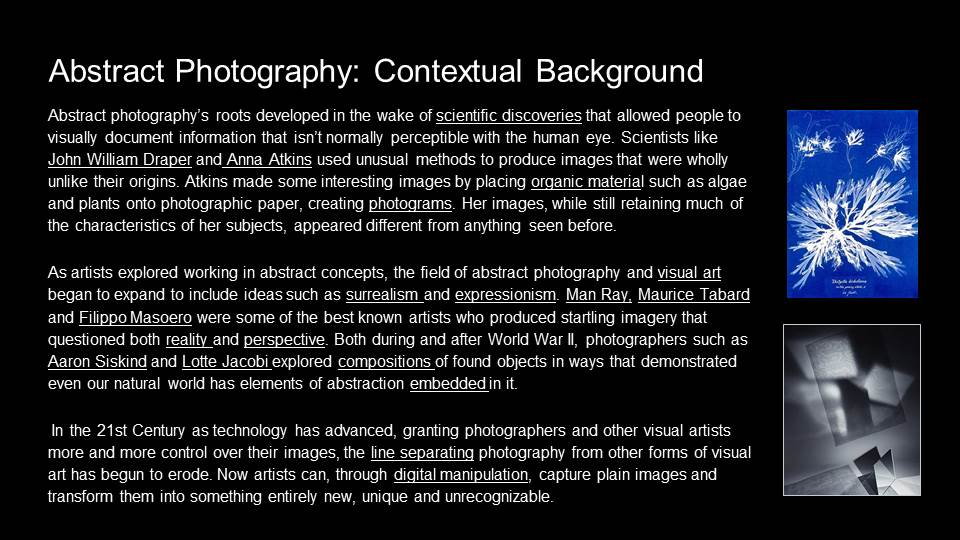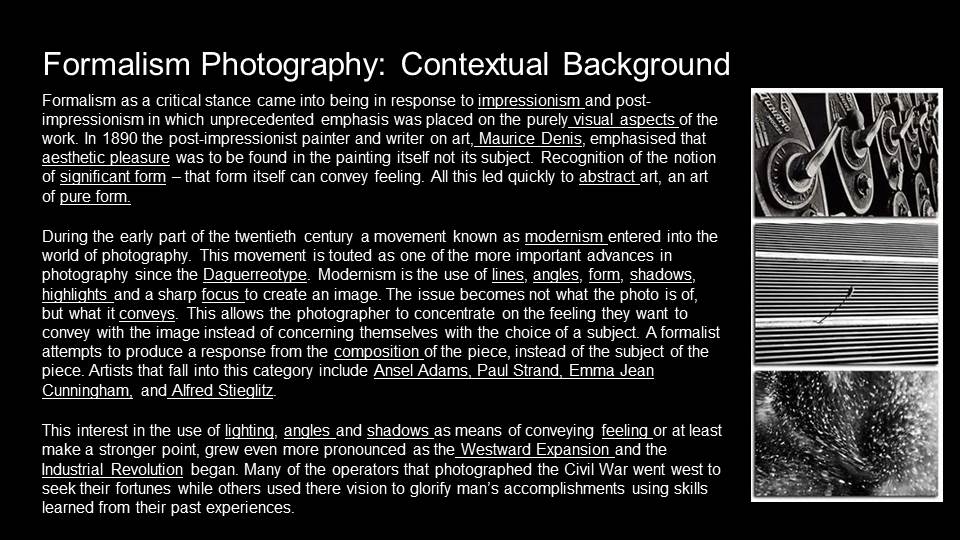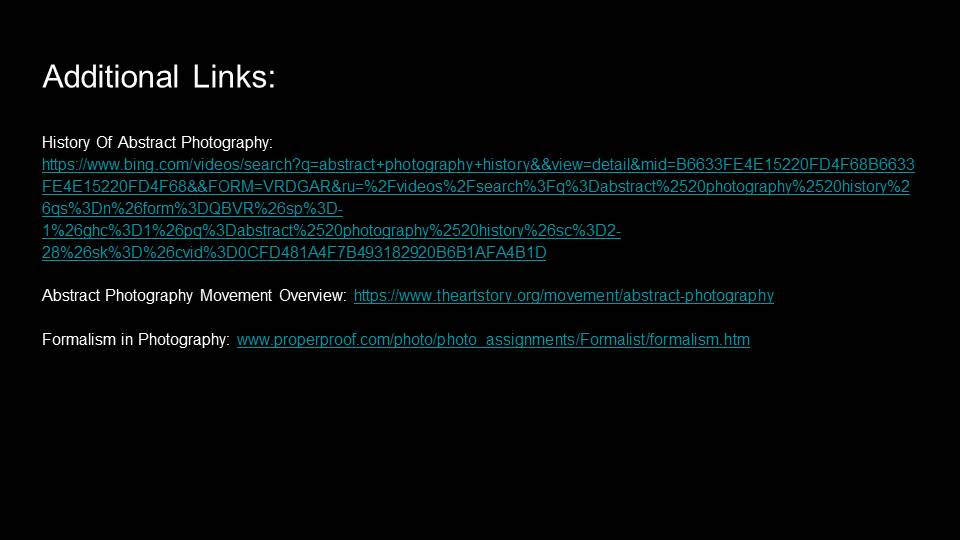Daily Archives: 21/04/2020
Filters
HISTORY: FORMALISM VS ABSTRACTION
FORMALISM VS ABSTRACTION
Formalism v Abstraction
This mini-project is designed to help you explore some creative, and hopefully, playful aspects of image-making. During this period of lockdown you will be required to respond to quite ordinary things around you that can take on another life with some thought and ingenuity.
“Abstract art is art that does not attempt to represent an accurate depiction of a visual reality but instead use shapes, colours, forms and gestural marks to achieve its effect “
History and Theory : Key Artists to research and include…
- Paul StrandQuick view Read more
- Christian SchadQuick view Read more
- Man RayQuick view Read more
- Alfred StieglitzQuick view Read more
- László Moholy-NagyQuick view Read more
Follow the 10 Step Process and create multiple blog posts for each unit to ensure you tackle all Assessment Objectives thoroughly :
- Mood-board, definition and introduction (AO1)
- Mind-map of ideas (AO1)
- Artist References / Case Studies (must include image analysis) (AO1)
- Photo-shoot Action Plan (AO3)
- Multiple Photoshoots + contact sheets (AO3)
- Image Selection, sub selection, review and refine ideas (AO2)
- Image Editing/ manipulation / experimentation (AO2)
- Presentation of final outcomes (AO4)
- Compare and contrast your work to your artist reference(AO1)
- Evaluation and Critique (AO1+AO4)
What to do…
- aim to tackle each of the TASKS below
- for each TASK choose a photographer to focus on and develop a set of creative responses that are inspired by your chosen artist
- create a set of blog posts that show your knowledge of abstract photography and how a sensitive understanding of the formal elements are key to creating interesting / provocative / successful images
- remember to go through the process (above) thoroughly and sequence your blog posts correctly
- publish 2-3 blog posts per week, take plenty of photographs and submit the entire project by the end of May !
Task 1: the formal elements
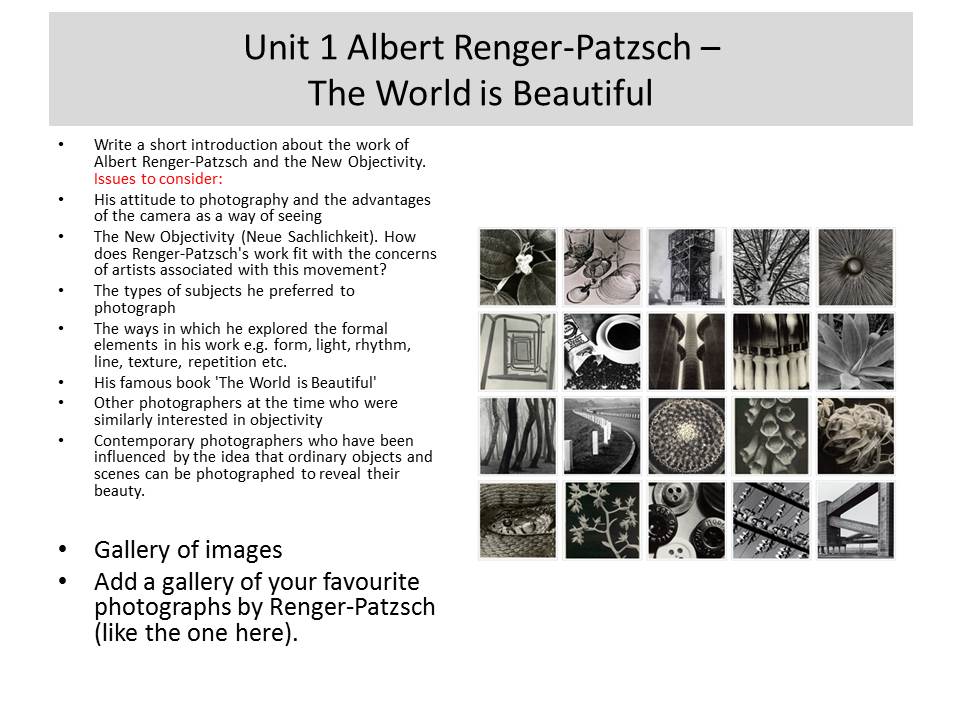

The Formal Elements can be extended to include : patterns, texture, symmetry, asymmetry, depth of field, lines, curves, contrast, color, viewpoint, depth, negative space, filled space, foreground, background, visual tension, shapes.

Task 2 : white paper
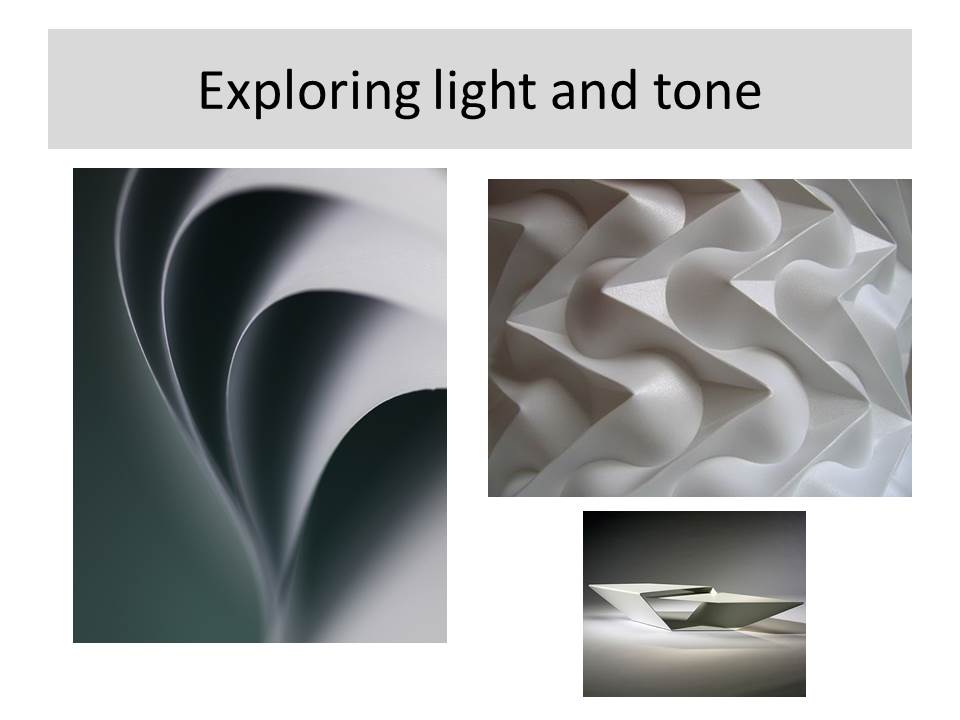
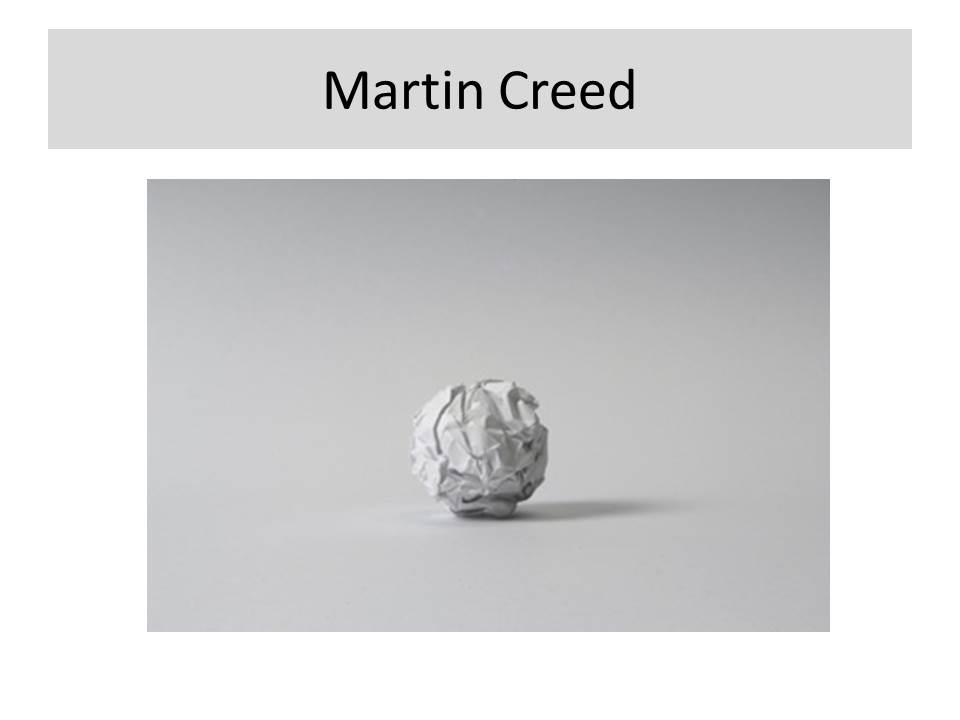
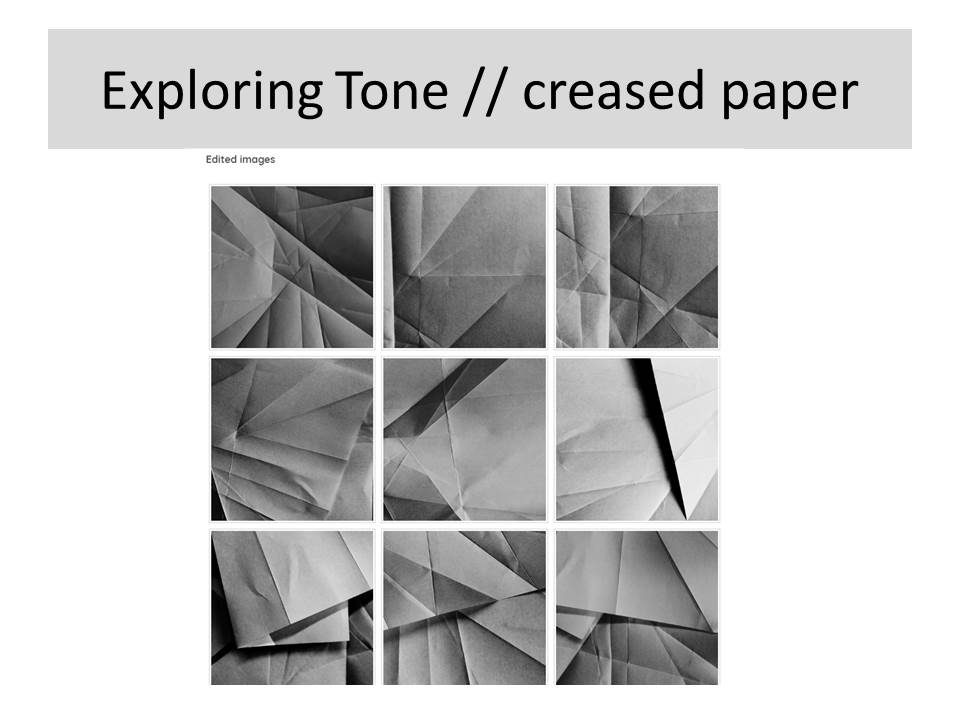
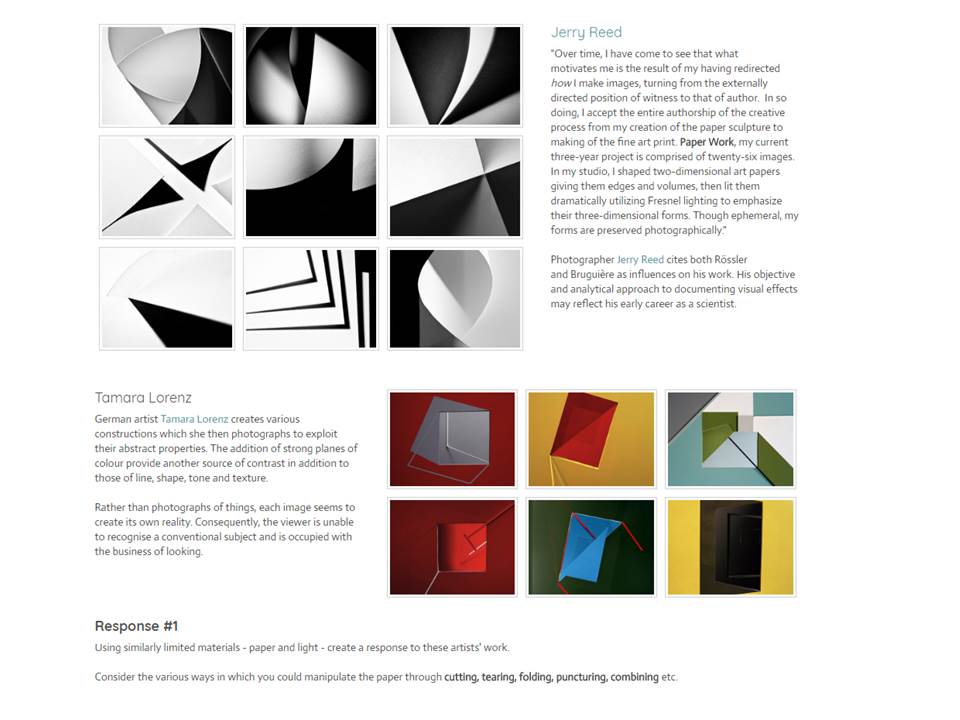
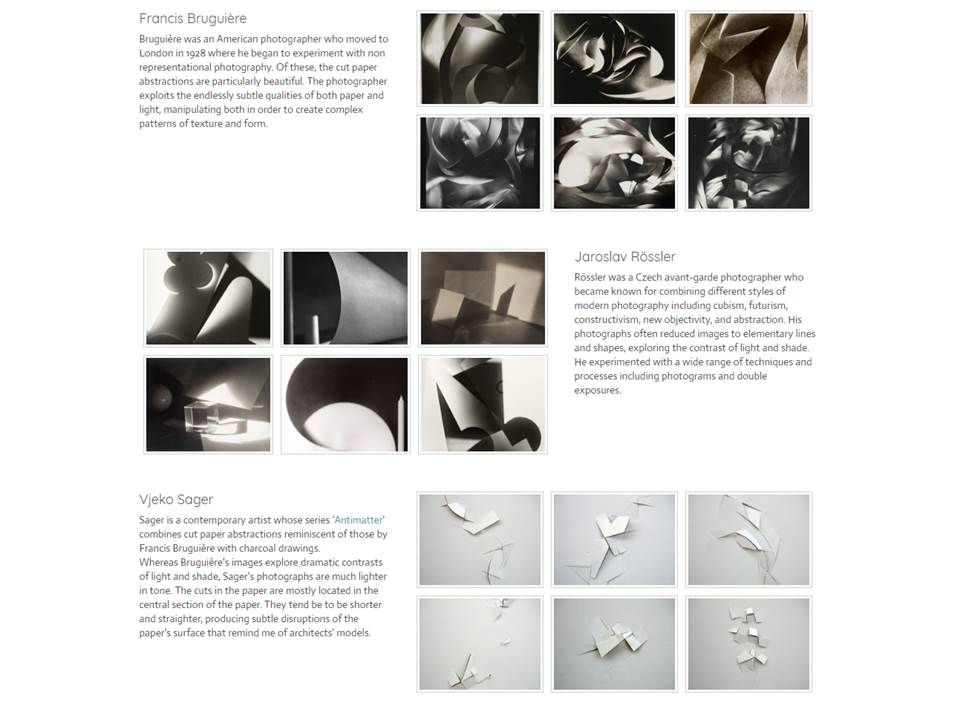
| James Welling Although these images, entitled ‘Abstract Photographs‘ resemble sheets of paper they are, in fact, made from filo (phyllo) pastry dough. The artist explains: “A lot of my work is intuitive and comes from just trying different things. With the money from the sale of my first aluminum foil photograph, I bought a wooden 8-by-10 camera and started photographing draped cloth. At the same time I was also photographing crumpled shards of dry phyllo dough. Without much premeditation, I combined the two, and sprinkled dough on the draped cloth. Against the dark fabric, the dough suggested, perhaps, torn book pages from the diary I’d photographed, or geological debris fallen from above.” Welling has also experimented with other unlikely materials such as tinfoil, gelatin and ceramic tiles. |
| Brendan Austin Brendan Austin creates imaginary landscapes out of crumpled pieces of paper. He calls them ‘Paper Mountains‘. Austin examines what we mean by nature and the way humans have impacted upon it. “The isolated desert city running on oil generators, the mars like landscapes of a volcanic environment and the mountains made from paper all attempt to start a conversation concerning the loss of meaning and reality.” The resulting images appear both recognisable as landscapes but also suggest a sense of artifice. Humble materials are made to carry an important message. |

Task 3 : texture and surface
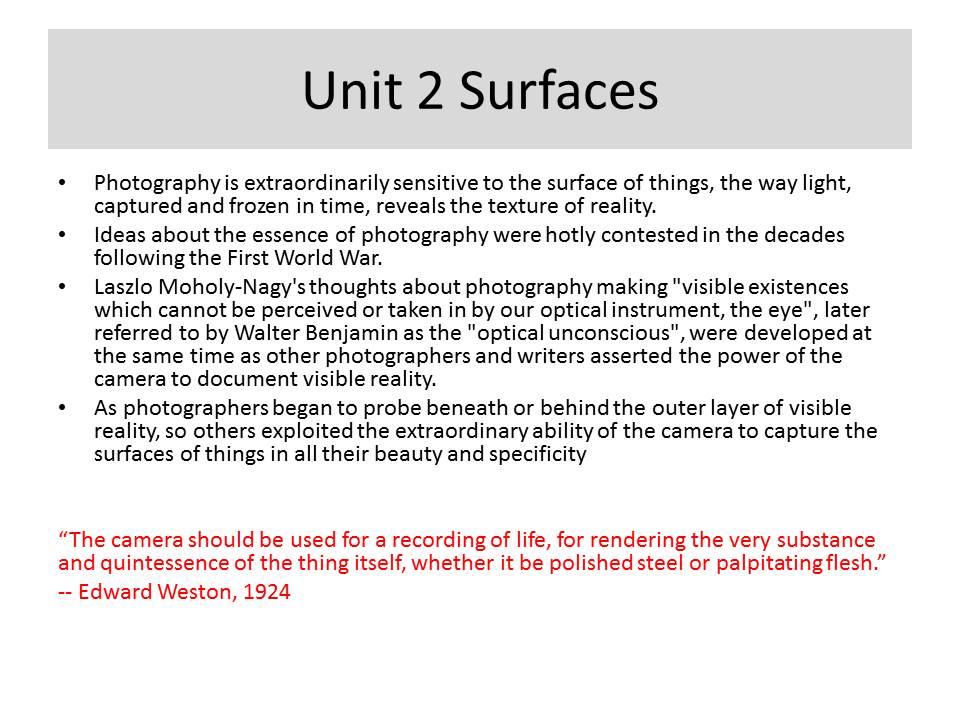
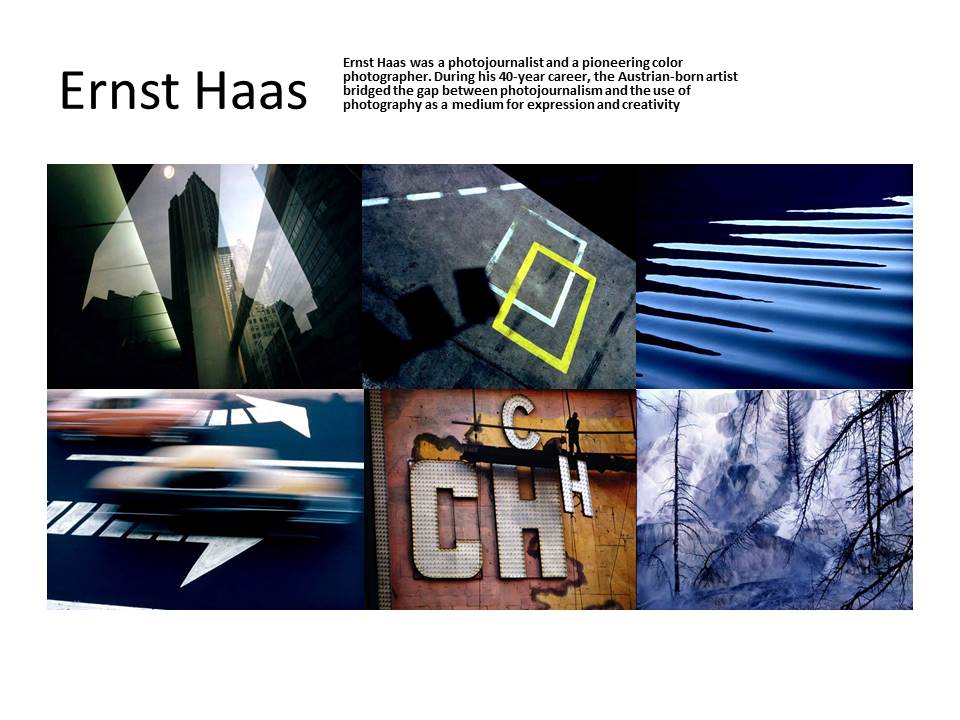
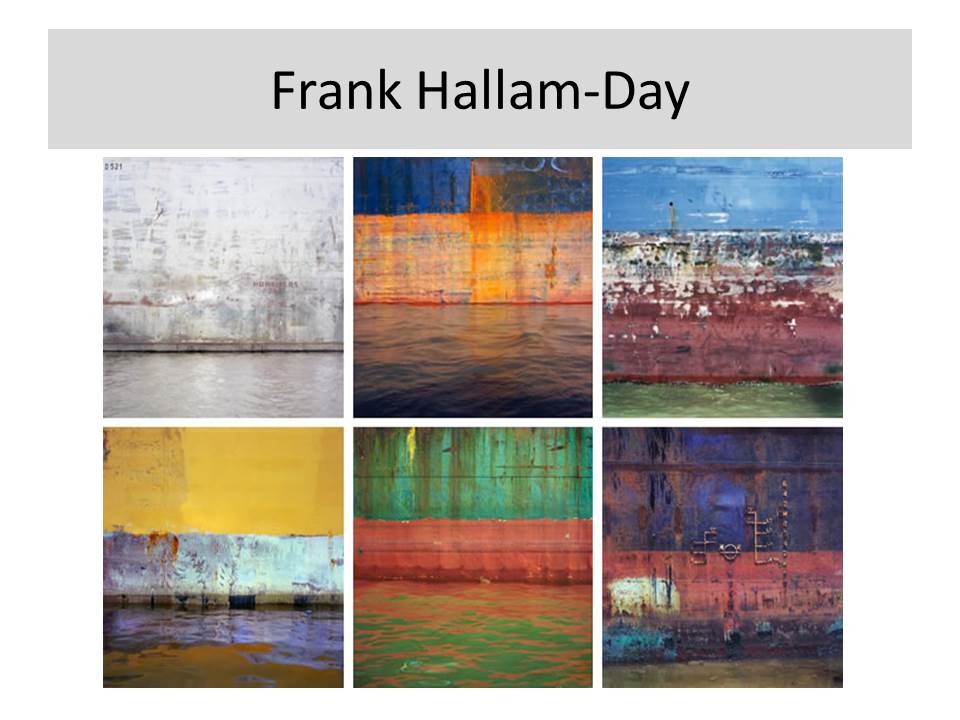
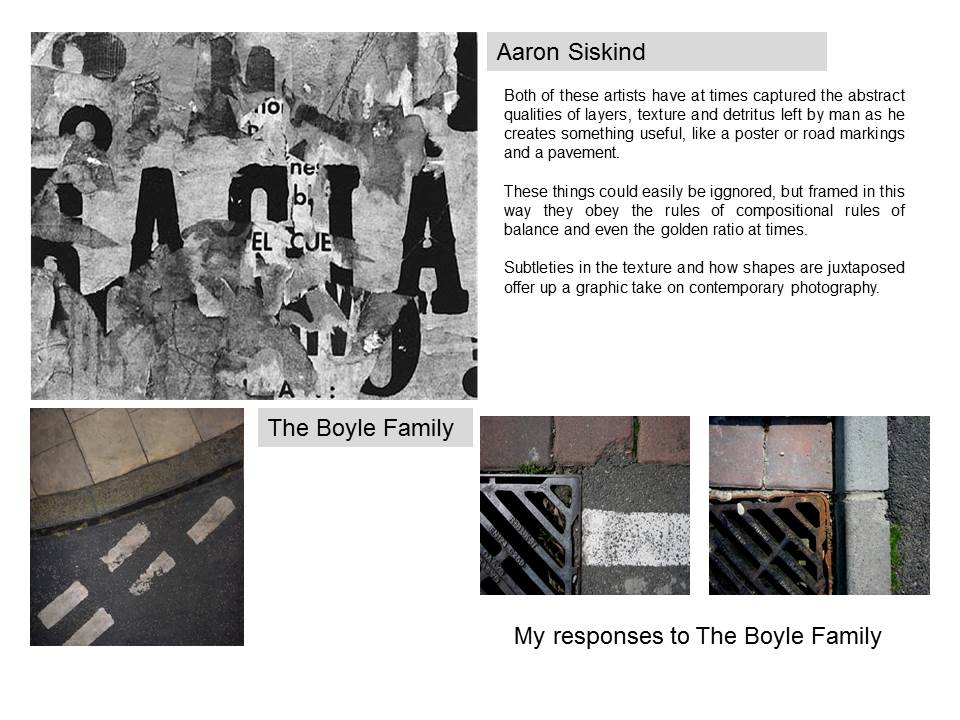
Task 4: subtleties and nuances
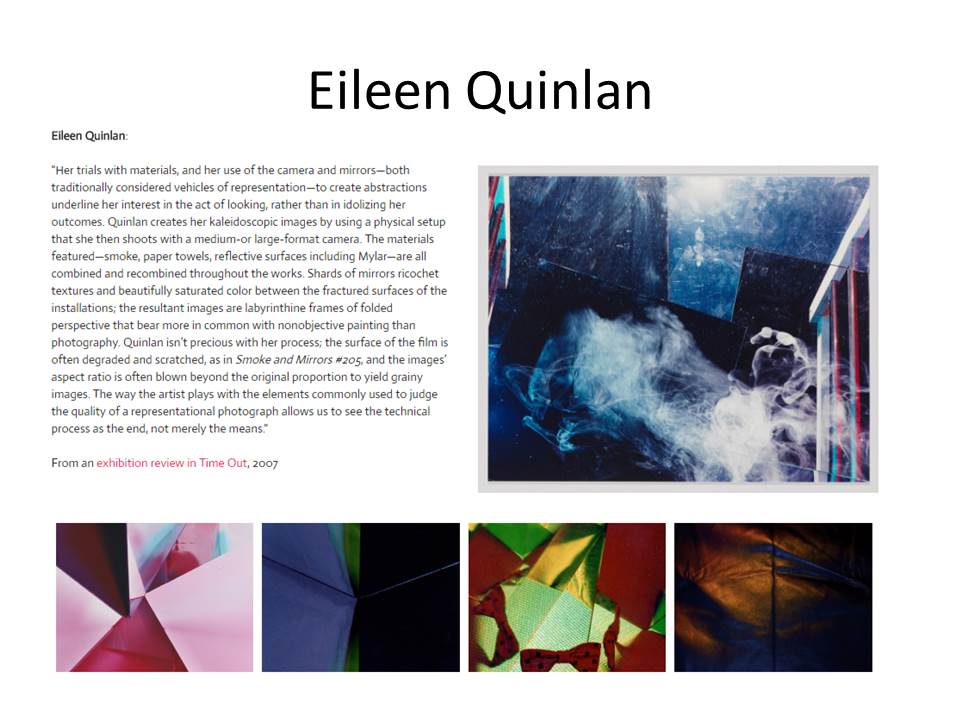

Task 5 : shape, colour and mimimalism
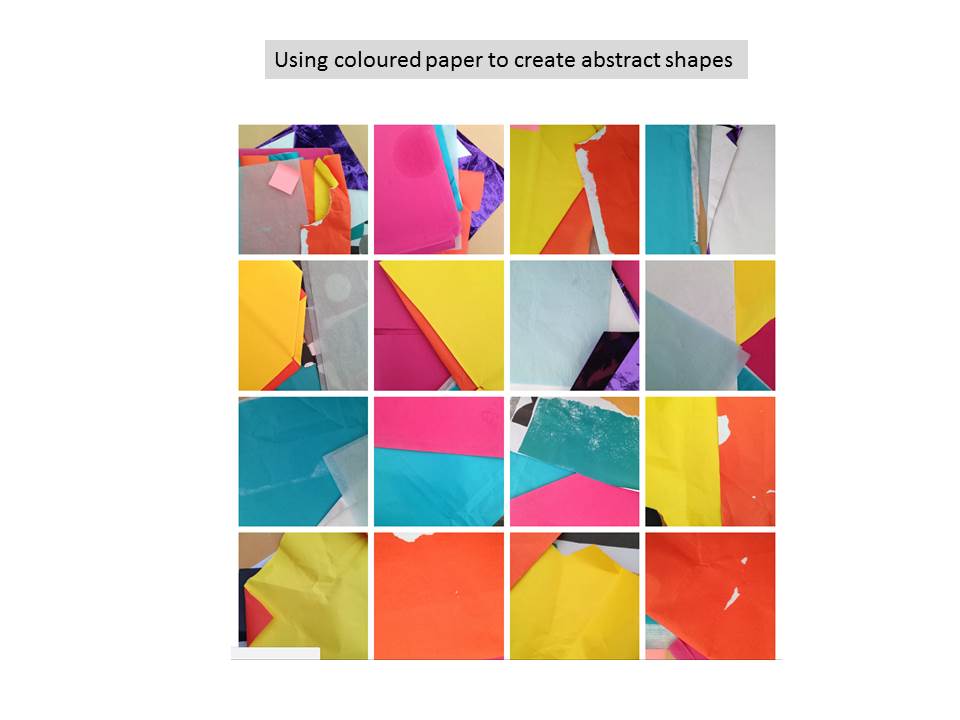
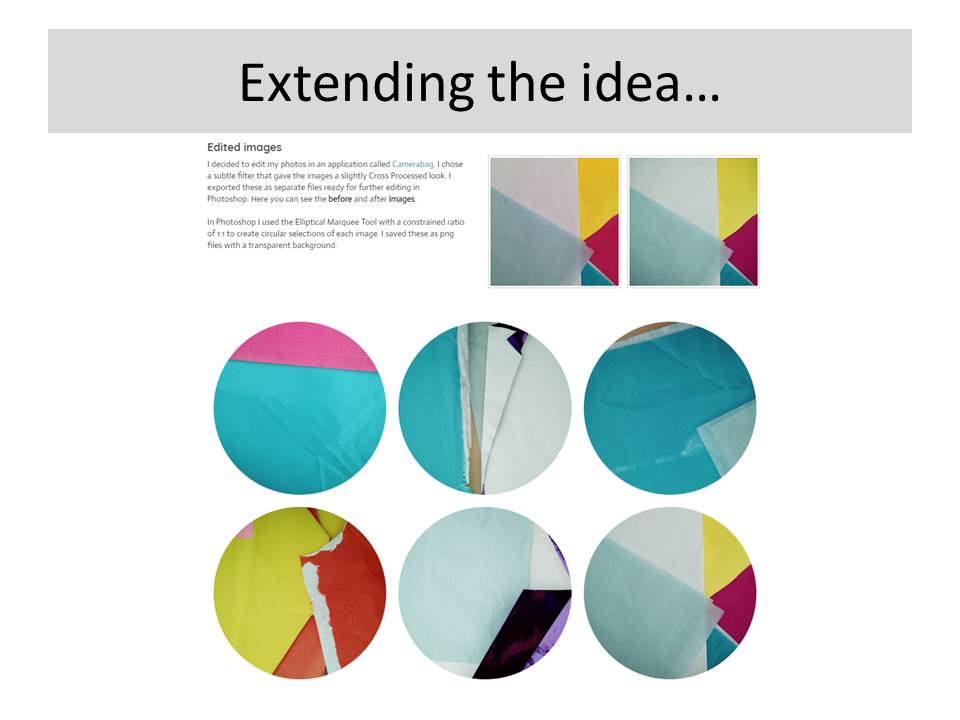
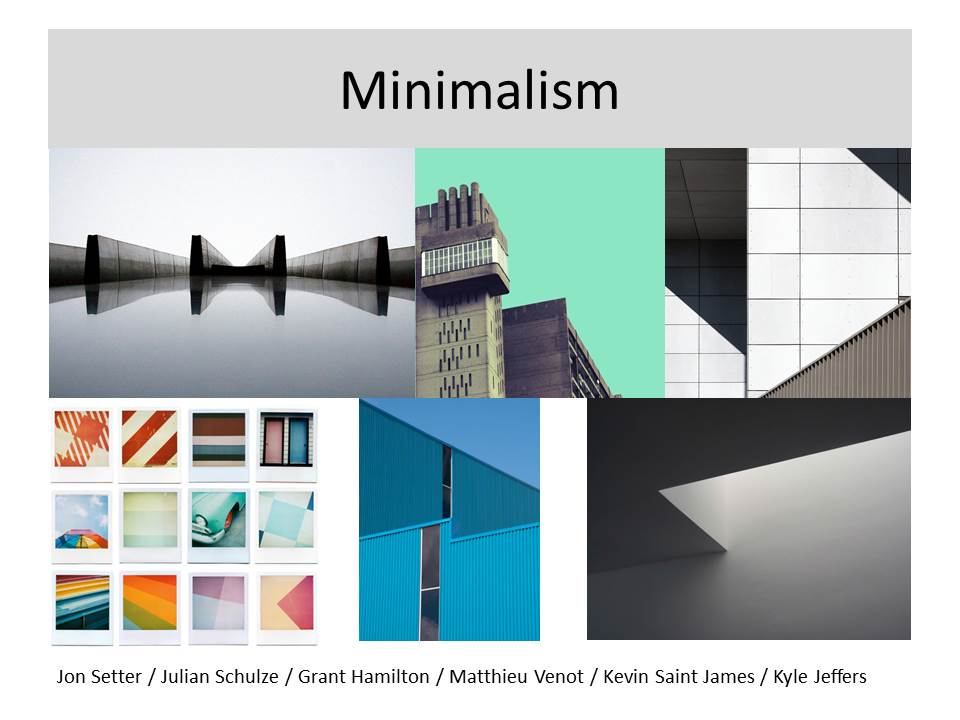
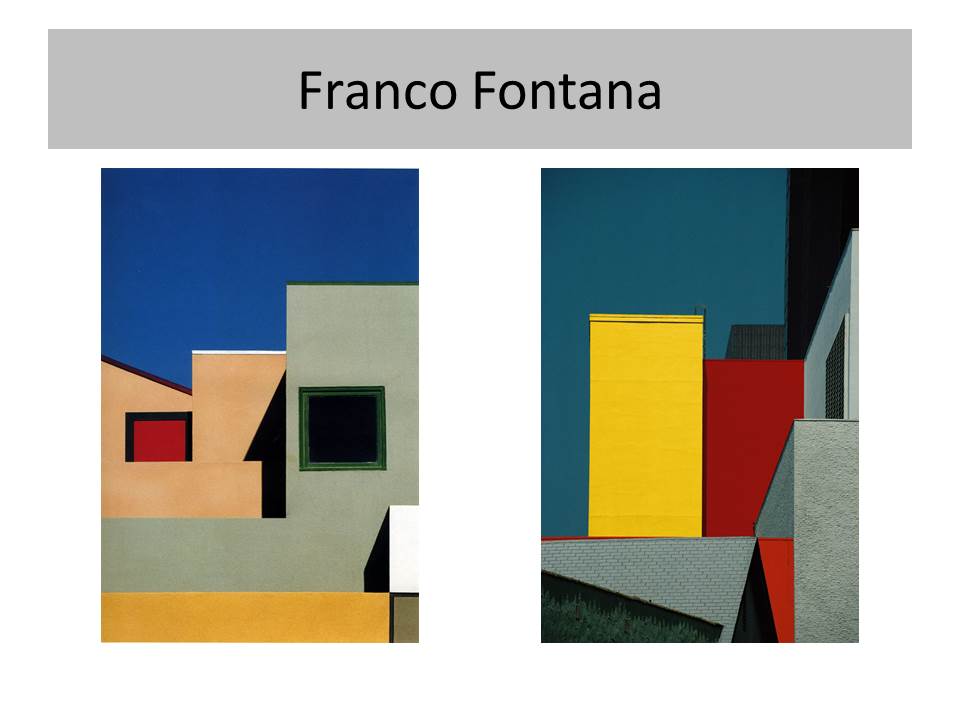
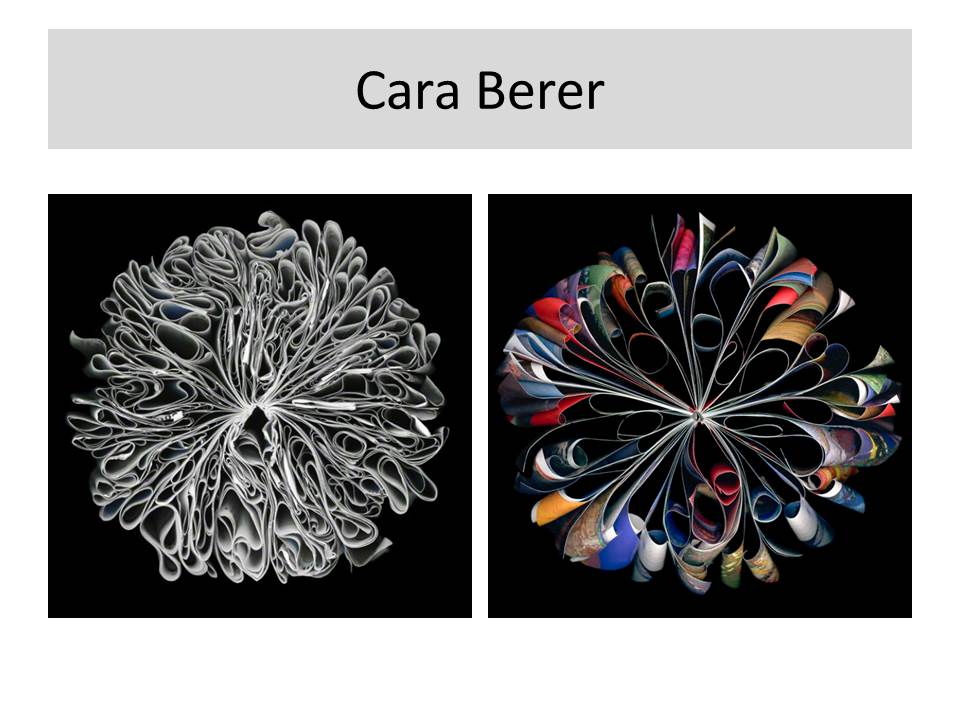
Extension 1 / Other Suggestions
Stephen Gill is a contemporary photographer who uses his camera to investigate his environment, often in imaginative ways, most notably in his home district of Hackney, East London. His book A Series of Disappointments is a collection of folded and discarded betting slips gathered and photographed against a plain grey background. The title of each photo is taken from the betting details found after performing unfolding “autopsies” – these include the race time, a name or trap number, and the money at stake. For example the first image on the left is titled 12.27 Trap 2 £50 to win. These accompanying details become additional categories within the work. The forms themselves might be considered as involuntary sculptures, most likely to have been manipulated as races were lost; individual expressions of fading hopes.

Ray Metzker ‘Pictus Interruptus’
Metzker is known for his unconventional street photographs. More abstract than either Cartier-Bresson and Meyerowitz, Metzker exploits and exaggerates the properties of still photography – odd framing, multiple exposures, deep contrast, and, in this series, the interruption of various objects placed between the lens and the ‘subject’. Metzker seems to want to deliberately disorientate the viewer and question the indexical relationship between photography and the world.
It becomes clearer…that I am looking for the unknown which in fact disturbs, is foreign in subject but hauntingly right for the picture, the workings of which seem inexplicable, at the very least, a surprise.
— Ray Metzker
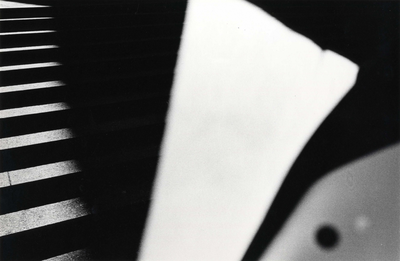
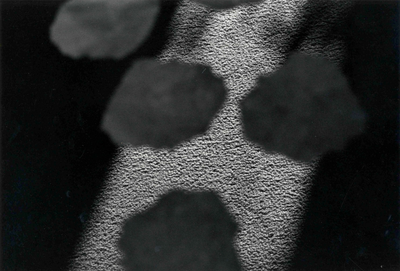
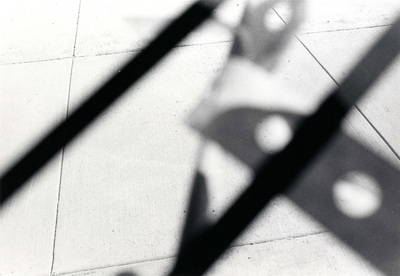
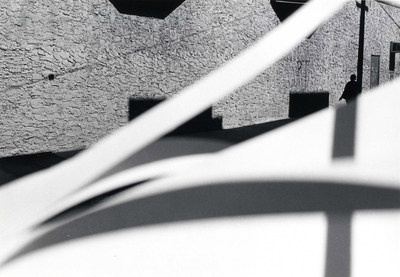
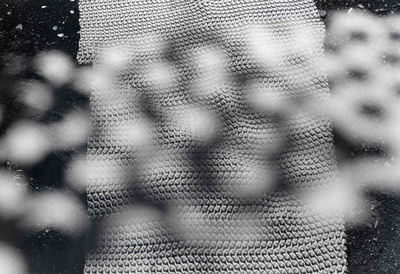
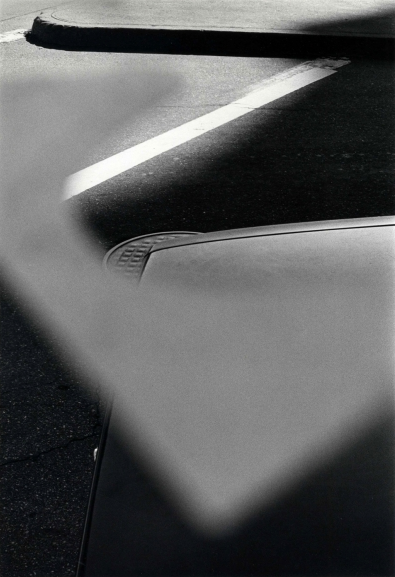
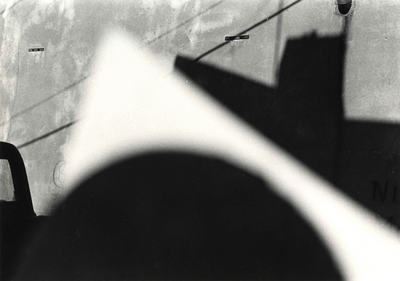
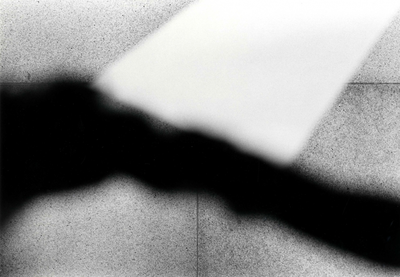
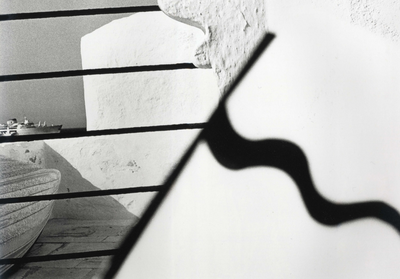
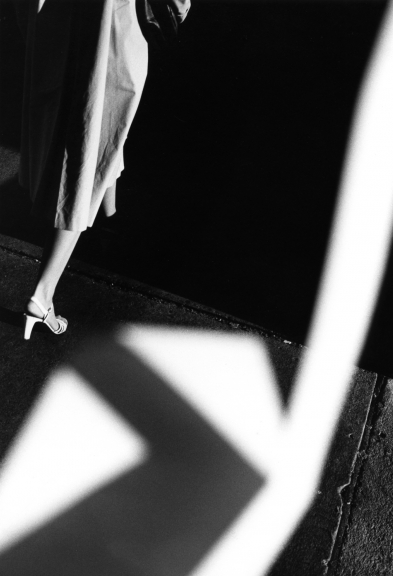
Good luck, have fun and remember…these tasks are the next set of links to the A2 Photography course and will be an important part of your 2 Year Linear Coursework Portfolio!!!








